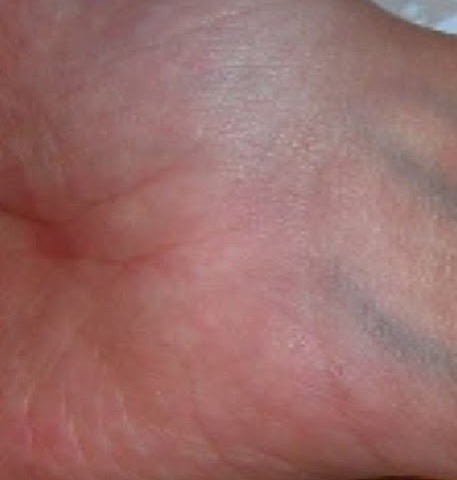Proper blood circulation is essential for your body to function at its best. Blood delivers oxygen and nutrients to every part of your body, so when circulation is compromised, it can lead to serious health issues. Here are five signs of poor circulation that you should always pay attention to:
1. Cold Hands and Feet
If your hands and feet are constantly cold, even in warm environments, it could be a sign that blood isn’t flowing properly to your extremities. This can happen when blood vessels are narrowed or blocked, preventing adequate circulation.
2. Numbness or Tingling
Frequent numbness or a “pins and needles” sensation in your hands, feet, or legs can indicate restricted blood flow. Poor circulation can cause nerves in these areas to malfunction due to a lack of oxygen and nutrients.
3. Swelling in the Legs, Feet, or Ankles
Swelling, especially in the lower extremities, may be caused by fluid buildup due to poor circulation. When blood flow is restricted, it can lead to pooling of blood in certain areas, causing swelling.
4. Persistent Fatigue
Feeling unusually tired, even after a good night’s sleep, can be a sign that your body isn’t receiving enough oxygen and nutrients due to poor circulation. This can affect your energy levels and make everyday tasks feel exhausting.
5. Discoloration of the Skin
If you notice your skin turning pale, bluish, or blotchy, particularly in your fingers, toes, or legs, it may be due to a lack of proper blood flow. This can happen when oxygen-rich blood isn’t reaching certain areas of the body.
What Causes Poor Circulation?
Poor circulation can result from various conditions, including:
- Peripheral artery disease (PAD)
- Diabetes
- Blood clots
- Obesity
- Smoking
- Sedentary lifestyle
When to See a Doctor
If you notice these signs persisting or worsening, it’s important to consult a healthcare professional. Poor circulation can lead to serious complications, including nerve damage, ulcers, or even heart problems if left untreated.
How to Improve Circulation
- Exercise Regularly: Physical activity helps stimulate blood flow throughout your body.
- Stay Hydrated: Drinking water helps keep your blood flowing smoothly.
- Eat a Balanced Diet: Focus on foods that promote heart health, like leafy greens, fatty fish, and nuts.
- Avoid Smoking: Smoking narrows blood vessels and reduces circulation.
- Elevate Your Legs: Elevating your legs can help reduce swelling and improve blood flow.
The Bottom Line
Poor circulation is not something to ignore. If you’re experiencing any of these signs, take action to improve your lifestyle or seek medical advice. Your body relies on good circulation for optimal health, so don’t overlook these important warning signs!
